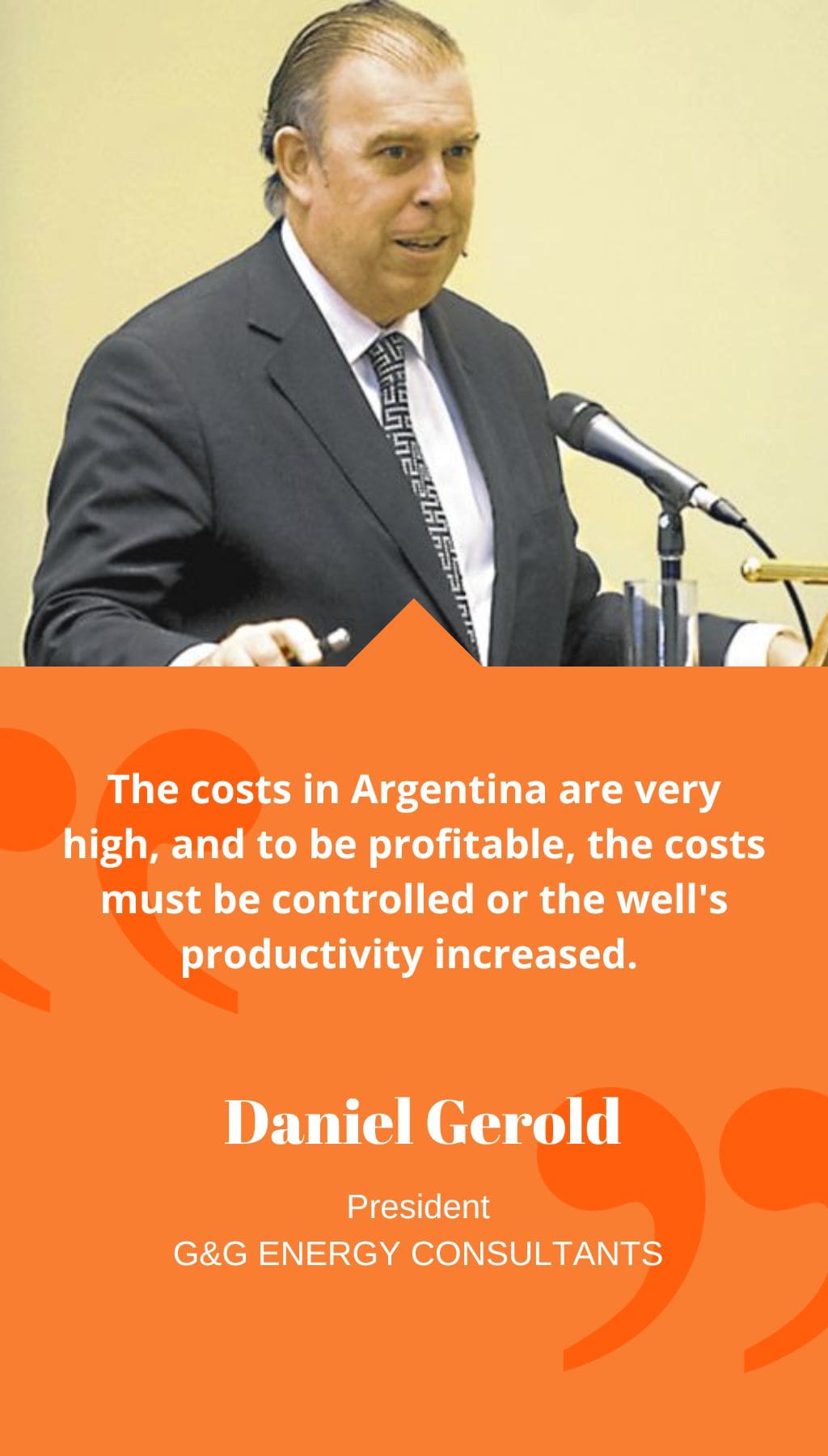
- Argentina | 17 March 2017

Can you explain the impact of 2015 on the oil and gas industry in Argentina?
In terms of natural gas, Argentina saw a rise in production for the first time since 2004 due to government subsidies and incentives. On the other hand, there was a slight decrease in investment in the oil sector. In 2015, falling international oil prices resulted in Medanito crude being higher than WTI and Brent. However, this also created uncertainty regarding future prices as fuel prices were under pressure to decrease. It was also a year of uncertainty due to the presidential election, and the general consensus was that the new government would establish a better framework for energy investments. Despite this, the candidates avoided making concrete plans until the new government was elected.
What are the reasons behind the decrease in oil and gas production in Argentina?
The lack of new discoveries of conventional resources due to few exploration efforts by E&P companies is one of the reasons for the decrease in production. Additionally, companies that focused on unconventional shale plays did not bring about sizeable production in the short term. Most of the current activity has been reduced to infill drilling and appraisals in existing fields, and wells have low production rates. YPF and Chevron’s strategy to develop an unconventional play in 2012 also did not help. They would have been better off by drilling horizontal wells with more fracking stages, especially in the shale gas, wet shale gas, and volatile oil window, to where they are now shifting. Despite the large investments made, it has been difficult to increase production, and oil and gas production in Argentina is still 4% below production levels before YPF was nationalized.
What kind of reservoirs will E&P companies in Argentina develop before commercially producing shale gas and oil?
There is significant short-term potential in tight gas, which some companies are already pursuing. The commercial production of tight gas will precede the commercial production of shale gas. The next step for the oil and gas industry will be the development of shallow gas plays, tight oil in conventional reservoirs in the Neuquén Basin, and deeper natural gas in the San Jorge Basin. At the same time, the consortium among Total, Pan American Energy, and Wintershall will continue to develop offshore assets that will come on stream by the beginning of 2017.
What will determine the profitability of unconventional exploration and production in Vaca Muerta?
The costs in Argentina are very high, and to be profitable, the costs must be controlled or the well’s productivity increased. This can be achieved by drilling a horizontal well with 15 to 20 fracks, as operators are starting to do, and drilling gas and wet gas and in the volatile oil window. However, less than five to ten percent of wells have been doing this. Oil and gas players still need to understand this process more. Nevertheless, the financial requirements to carry out unconventional exploration and production will be significant.
What kinds of further reforms are feasible and what kind of reforms would you recommend to incentivize exploration and production?
There are not many feasible further legal reforms in the near future. However, the government should offer fiscal incentives such as accelerating the depreciation and amortization of shale investments. Shale assets currently produce little, but they accumulate a given number of barrels in the long run. As a result, E&P companies face reduced rates of return since they pay a significant amount of income tax at the beginning of undertaking shale activity. Costs that are not attached to the wells like drilling costs and fracking costs should be tax-deductible for E&P companies.














